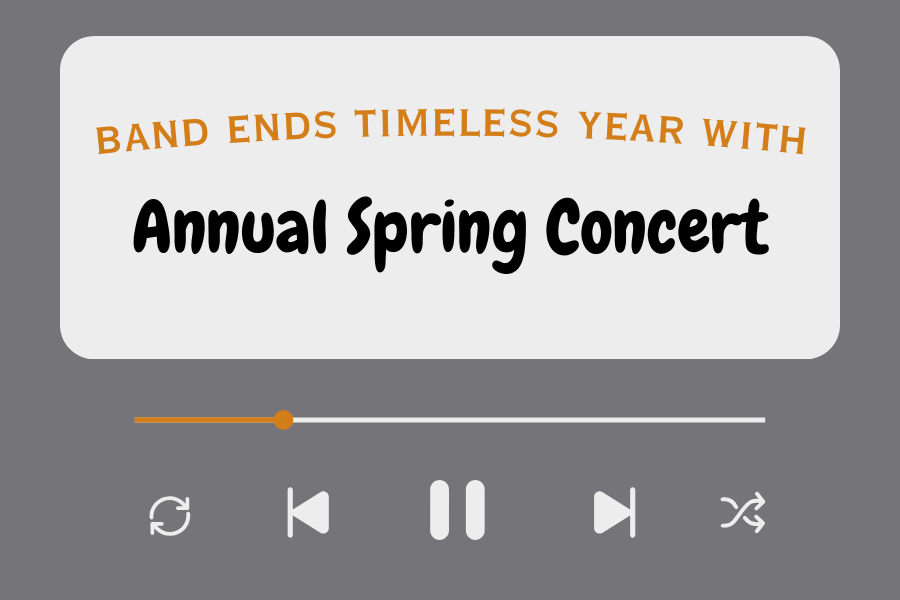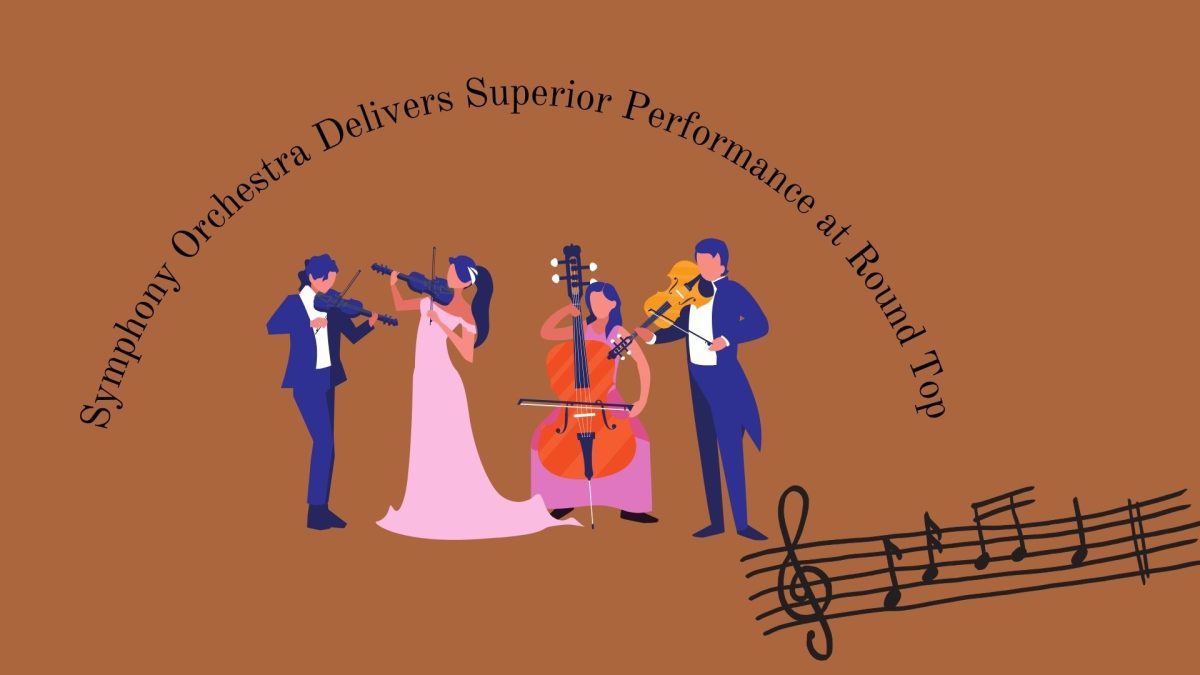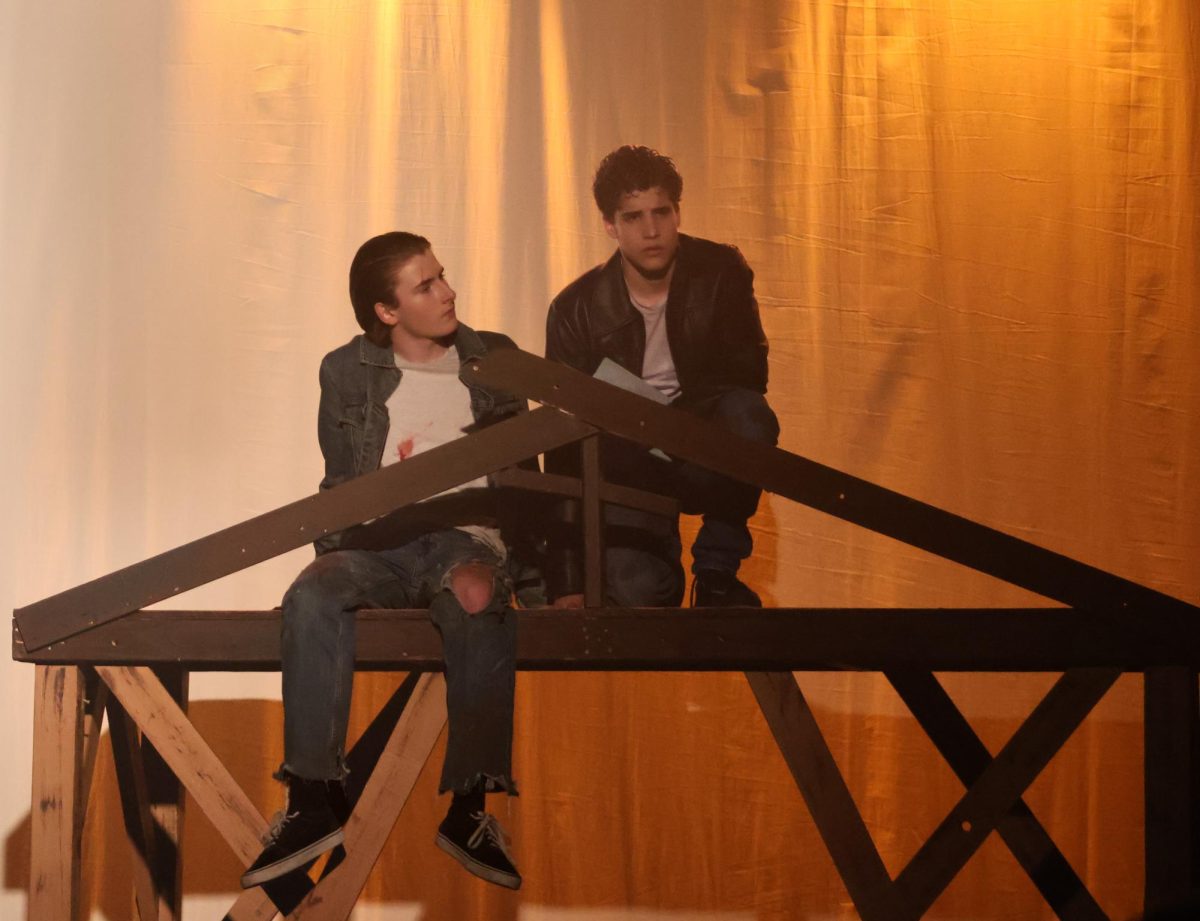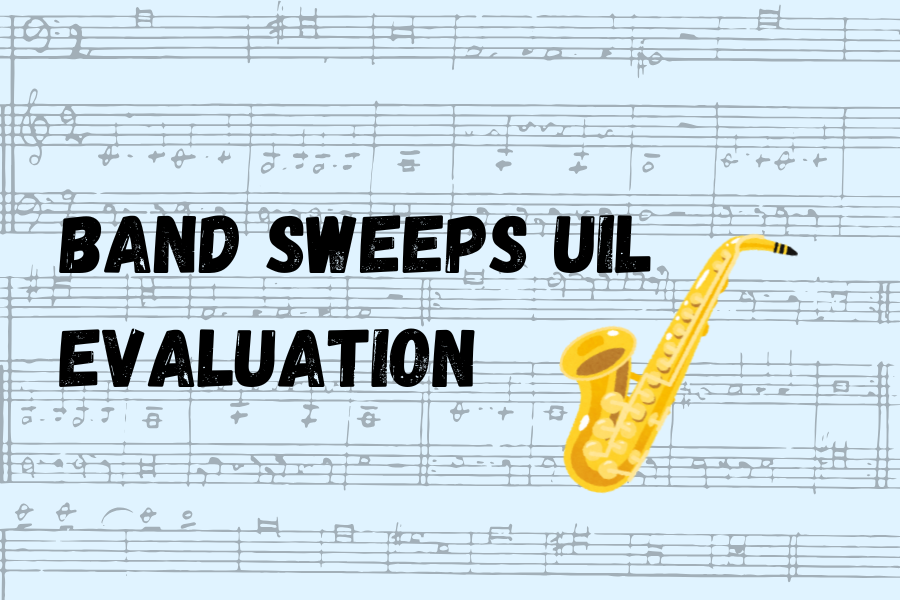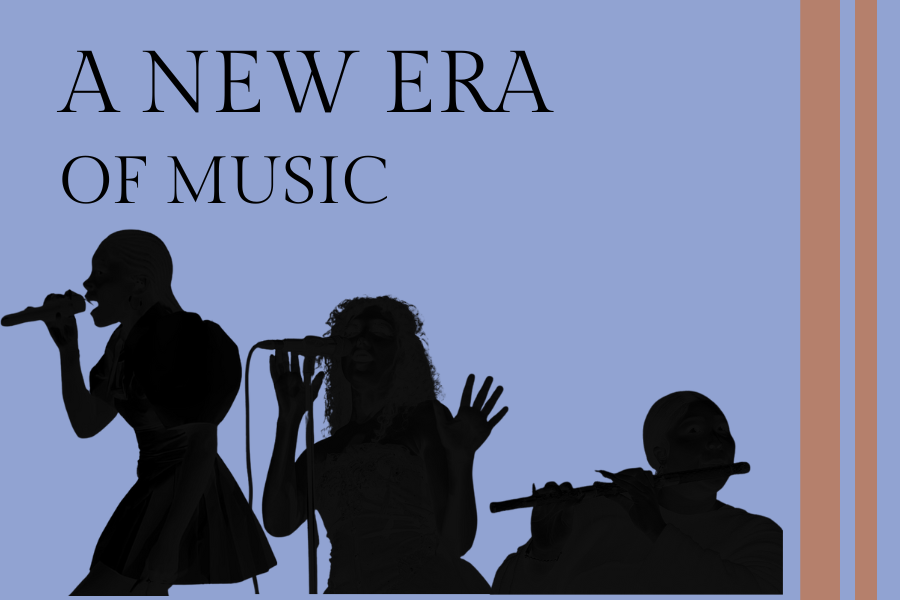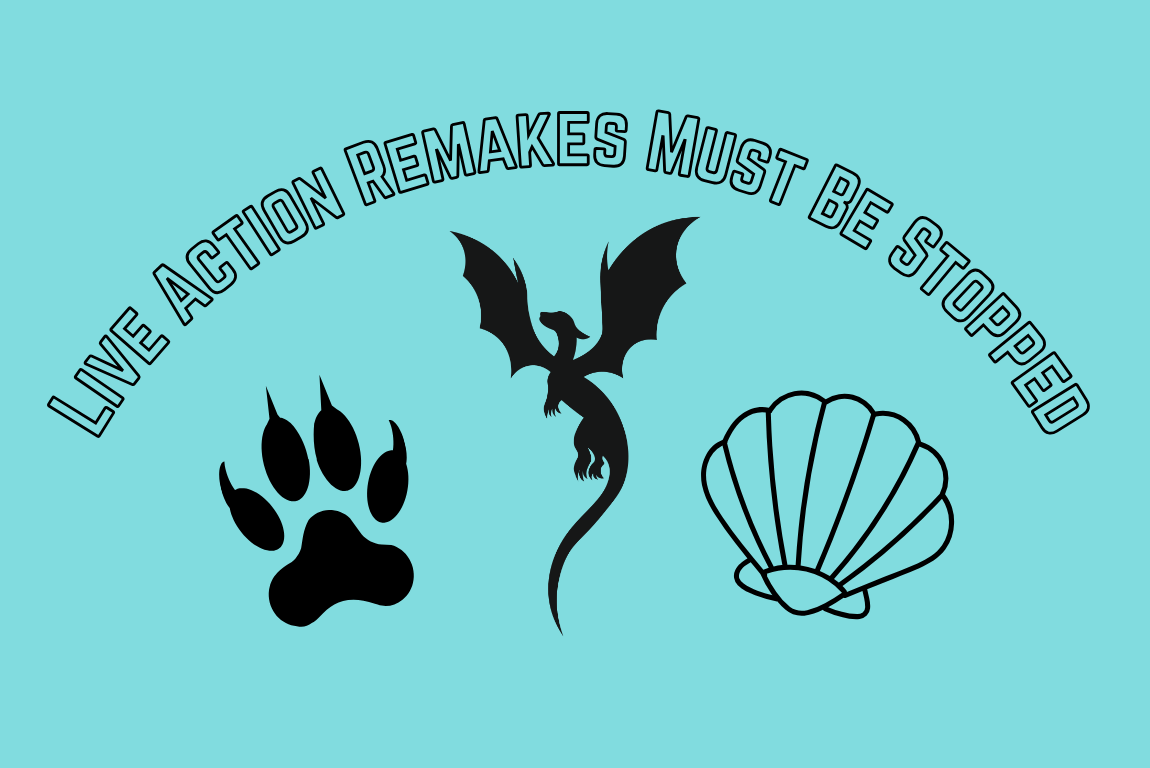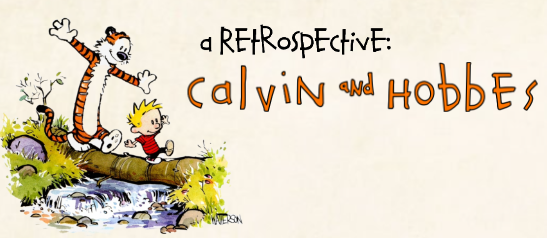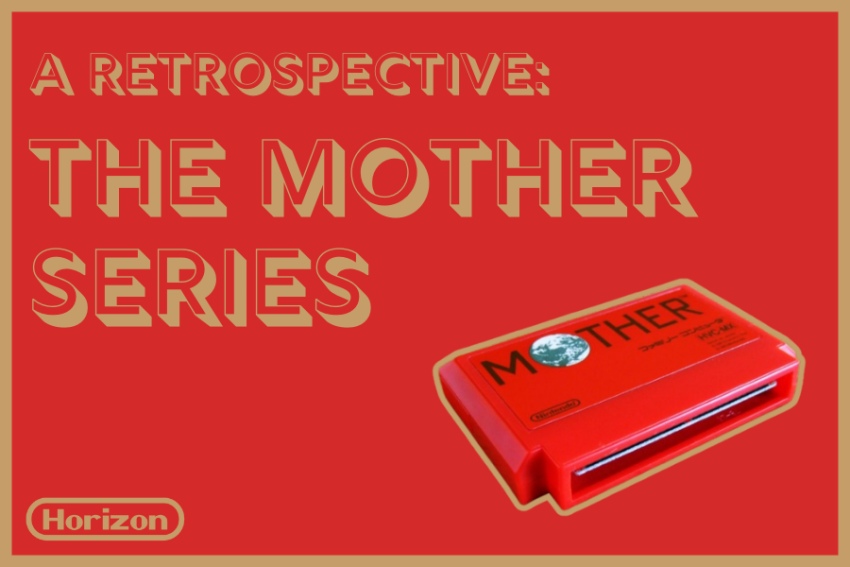Sitting anxiously next to his peers, Coriolanus Snow watches the 10th Annual Hunger Games unfold before him on a television screen. The camera pans to Lucy Gray Baird, his assigned tribute, as she waits for the bell to signal the start of the Games. “Run,” he whispers, as the countdown crackles over the speakers. Then the Games begin.
After eight years since the release of the last movie, The Hunger Games is making a comeback with the release of a prequel, The Hunger Games: The Ballad of Songbirds and Snakes, a captivating portrayal of the upper class in the dystopian world of Panem. The prequel was certainly long anticipated, so it was disappointing that the movie felt rushed and therefore limited the potential of the plot and character development. While it was definitely worth watching, it was too much to fit into such a short amount of time.
In the original series, protagonist Katniss Everdeen’s number one enemy is President Snow, so the prequel follows his younger self to show how he became the person we see in the original series. The movie focuses on his time as a mentor to Lucy Gray Baird during the 10th Annual Hunger Games. His original motive for helping her win was to win the Plinth Prize, which would provide his family with financial support, but it soon becomes clear that he is developing feelings for Lucy Gray.
The plot was based off of the book by Suzanne Collins, The Ballad of Songbirds and Snakes, which was an engaging dystopian novel with unpredictable twists and turns along the way. However, the movie was a little too predictable because a singular movie does not allow for enough time to fully develop everything and everyone in the book, and therefore the movie had to be more straightforward for the sake of fitting it into a limited time frame. Additionally, Mockingjay, the third book in the original trilogy, alone was 390 pages and yet was broken into two movies. The Ballad of Songbirds and Snakes was 528 pages, yet it only received a single movie to incorporate everything from the book.
The movie is broken into three parts, which detail what happens before the 10th Annual Hunger Games, the Hunger Games themselves, and what happens after. Only the middle part of the movie, a mere fifty or so minutes, covered what happened in the Games themselves and Snow’s reaction to all that was happening. This was not enough time, especially compared to the original where the entire first movie was dedicated to the Hunger Games themselves. This time constraint made it difficult to incorporate enough depth into that specific event of the movie. It’s possible that there just wasn’t as much to show because the Games weren’t as intricately designed at this point in time, which makes complete sense. However, there still could’ve been more to show about the characters and how they felt throughout all of this. Most of the times that the camera panned to Lucy Gray, she was just in hiding. While this is indicative of her times in the Games, that’s also what the majority of Katniss’ experience was like, and a whole movie was made for her — so it didn’t make sense to limit the pinnacle of the movie to just fifty minutes.
Additionally, the portrayal of the upper class in this movie was more heartless than the original, so it was difficult to sympathize with most of the characters, as the majority of them were in the upper class. Obviously, both the upper class in the original and the prequel movies have something terribly wrong with them to watch the Games with enjoyment, but at the very least, the upper class in the original didn’t treat the tributes like animals before the Games by throwing them in a zoo cage. Lucky Flickerman, the first ever news anchor to narrate the Hunger Games, truly represented this because he made dinner reservations as he watched the tributes die. Caesar Flickerman, the news anchor during the 74th Annual Hunger Games, was just like the others in the Capitol; however, he also got to know the tributes in interviews and made the public sympathize with them, which in turn, helped the tributes survive the Games with the donations from people in the Capitol. None of Lucky Flickerman’s actions even remotely helped the tributes. Obviously, the two characters are not one and the same, but this is representative of the majority of the upper class in this movie: more heartless than their equivalents in the original.
The movie also lacked a convincing romance between Lucy Gray and Coriolanus — in part due to the time constraint of the movie. The whole point of the romance between Coriolanus and Lucy Gray was to display who Snow might’ve been under different circumstances and to give him a little bit of compassion. However, the chemistry between them in the movie was just not convincing enough. In the first part, the two had believable chemistry, especially when Coriolanus visited Lucy Gray in the zoo, but it started to fizzle away during the Games and after. The feelings also seemed a bit one-sided because it was obvious that Coriolanus was developing feelings for Lucy Gray, but the reciprocation just wasn’t there except for specific moments, like when she first saw him in District 12 or when they went to the lake together. What might have helped is knowing Lucy Gray a little bit better, which could be done if her character faced development or simply changed throughout the movie. While she was one of the best characters, she was also quite static throughout the whole movie. There also just was not enough time to show much of her backstory, aside from the bits and pieces she told Coriolanus. It didn’t make much sense that Coriolanus was supposedly in love with someone he hardly knew at all, enough to offer to run away with her towards the end of the movie. For the ending to have more of an emotional upheaval, the chemistry between Lucy Gray and Coriolanus needed to last longer and be more convincing. Unfortunately, it didn’t seem like they were in love except for a few fleeting moments.
The most significant issue with the movie has to be that the character of Coriolanus had the least amount of depth to him out of all of the characters. Once his backstory of growing up poor became clear, it was obvious that almost everything he did was to better his situation or to create a public image for himself to fit in better. This made most of his actions predictable, from being dedicated to winning the Plinth Prize to ultimately killing multiple people. If the movie had been longer or made into multiple movies, then there would have been time to fully develop Coriolanus’ character. It was clear that the creators of the movie wanted him to feel compassion for his cousin and love for Lucy Gray, but it just wasn’t all that apparent. If there had been more time to see these relationships develop, then it would change the perception of Coriolanus from someone with a stone cold heart to someone with a very conflicting character who had the chance to be good but chose evil.
The undertaking of making this movie was certainly ambitious, but the parts themselves felt like they could’ve been their own movies in a series. Ultimately the cast was perfect for the movie, and there were some really captivating moments, such as the scene where Lucy Gray takes Coriolanus to the lake, but these scenes could’ve been so much more if they weren’t limited by such a time constraint. Plus, the ending could’ve been so much more dramatic if Coriolanus had more depth to his character, just like he did in the original book. The movie, while worth watching, had so much potential only to delve into it on a surface level.


